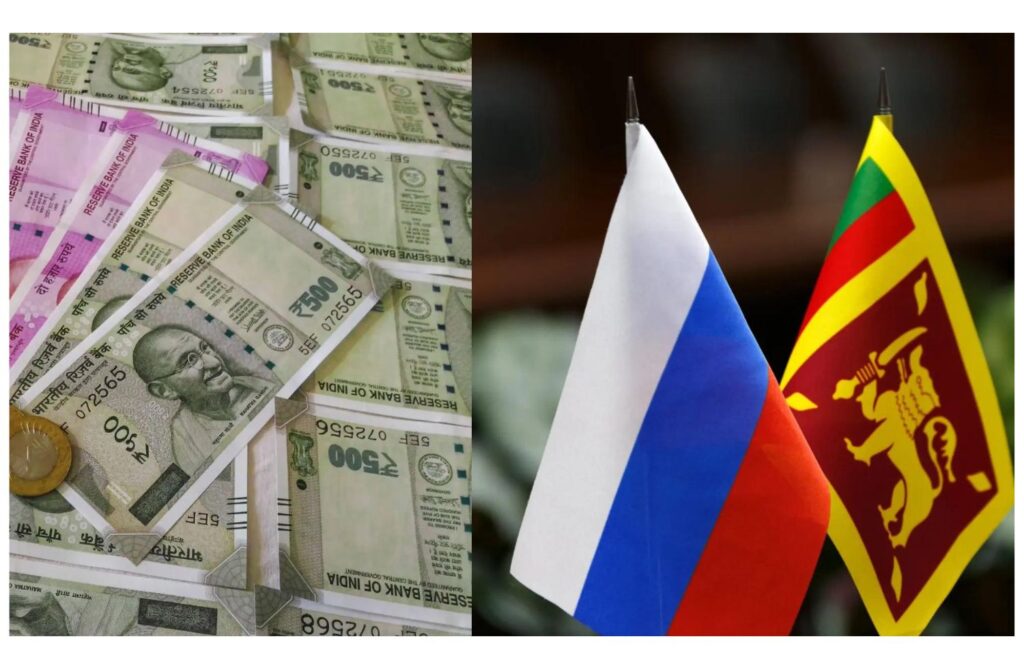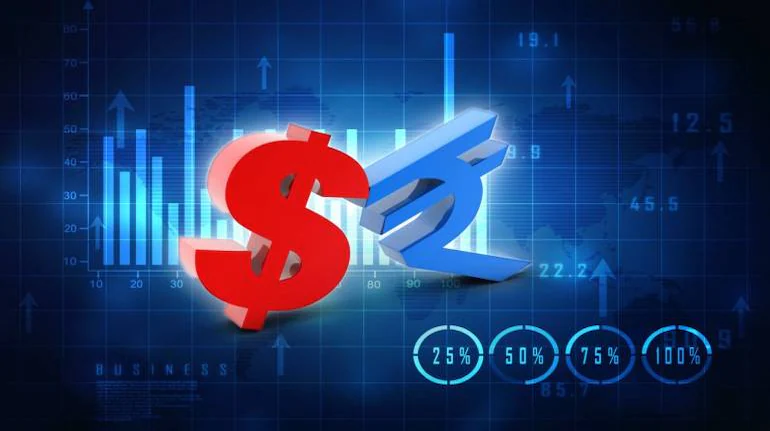A strong economy and globally dominant currency, together with military power, high cultural attractiveness, powerful demography, and political stability, make a country a superpower like the USA. A country’s currency value depends upon the assets it holds (gold) and its forex reserves. The current article is an effort to spotlight the dollar’s dominance in global trade, de-dollarization, and the initiative of the RBI to make the Indian-Rupee a global currency.
The dominance of the US dollar (USD)
The USD is a widely accepted medium of exchange for international trade. Initially, gold, the pound sterling, and the euro were the main media of global exchanges. But after World War II, the pound and euro started losing value because of economic disturbances, whereas the USD was relatively stable. In 1944, the Bretton Woods Conference recognized the USD as a global currency, and the eventual geo-political events led to its dominance as a medium of exchange in international exchanges.
Why in news: De-dollarization
Due to a sharp rise in demand, the dollar’s value increased dramatically through an artificial bubble. As the industrial sector’s demand for crude oil increased over time, Petro-dollars hike was remarked. Trading in derivatives of the USD began in the 1990s. According to reports, around $4 trillion- hard currency and $38 trillion- Treasury bonds have been issued for $500 billion gold reserves which are 80% more than the total asset held. As of the constant weaponization of the USD, its share in the IMF has decreased by 12%.
Western sanctions on trading with Russia, the Silicon Valley bloodbath, the Russia-Ukraine conflict, cost-effective oil imports from Moscow, expensive currency conversions into USD for nations due to high transaction costs, exchange-rate differences, changes in policies, and dollar shortages in nations like Bangladesh, Myanmar, Sri Lanka, and Nepal, etc. have all appeared as additional forces for de-dollarization.

Indian-Rupee: Onset towards next dollar
Due to the worldwide economic retardation, de-dollarization drift, and transformations in geopolitical mechanisms, the USD was confronted by the Indian-Rupee. On July 11, 2022, the RBI along with 18 foreign banks from countries like Russia, Sri Lanka, Singapore, the UK, etc., initiated another mechanism for global trade settlement to bypass the Western sanctions.
Recently, many countries disclosed their interest in settling bilateral as well as multilateral trade with other nations in rupees by promoting non-SWIFT (a clearing bank in the US) transactions. As per reports, 35 countries are interested in using the Indian Rupee as a medium of exchange at the
bilateral level. The neighbouring countries (SAARC members) were already dealing in Indian Rupee, making it a common South-Asian Currency. Meanwhile, BRICS countries are also attempting to make such alternative mechanisms.
A separate Special Vostro Rupee Account (SVRA) is to be opened for making a transaction between India and a partner trading country, where the value of the import will be credited and the value of the export will be debited to settle the deal amount.
It is to be noted that international trade in the Indian-Rupee is not a novel concept. Earlier, such a step was also taken in the 1960s with the Gulf Rupee while trading with Gulf countries, but far ahead it was replaced by their independent currency.
Current Status
The antagonistic blow in the US-federal reserve policy rate, stabilizing the Indian Rupee, reducing exchange-rate risk and cost-of-doing business, promoting business growth in the global market, making the economy defensive against external shocks, making BoT favourable by reducing the trade deficit, reducing forex reserves, and its dependency resultant in turning the Indian-Rupee towards a globally accepted currency.
According to the BIS Triennial Central Bank Survey 2022, 88% of all global transactions are settled in USD, while 1.6% are in Indian-Rupee. Additionally, Indian-Rupee would be considered global money if its share in the global-trade settlement is increased by 2.4% (equivalent to the share of non-US and non-Euro currencies).
The backdrop of the US-federal reserve led India-Russia trade arrangement through the Rupee-Rouble mechanism like Indo-Soviet Trade Agreement (1953) which was consequently discontinued in 2005.
Recently, SVRA was opened with the State Bank of India by SBI Mauritius Ltd. and Sri Lankan People’s Bank. The Bank of Ceylon has also started SVRA with its subsidiary in Chennai. With RBI permission, 18 SVRAs at 11 banks have already been opened.
The Indian-Rupee is crawling towards global growth. The capital inflow and export-import would now be available in Indian-Rupee at the market-determined exchange rate. Though the conversion of the Indian-Rupee into the USD has not been eradicated, the country has to pay off its global settlement in Indian-Rupee only with the agreed nations, not worldwide.
Subsequently, the Rupee would be global at a small level only. The de-dollarization has also given China the same opportunity. Accordingly, India needs a strong strategic implementation, considering the international market complications, to go global and make Rupee- the next dollar by strengthening its economic and geo-political situations.
Rukmani Jaiswal
Research Scholar, DDU Gorakhpur University
Member, Finance & Economics Think Council
